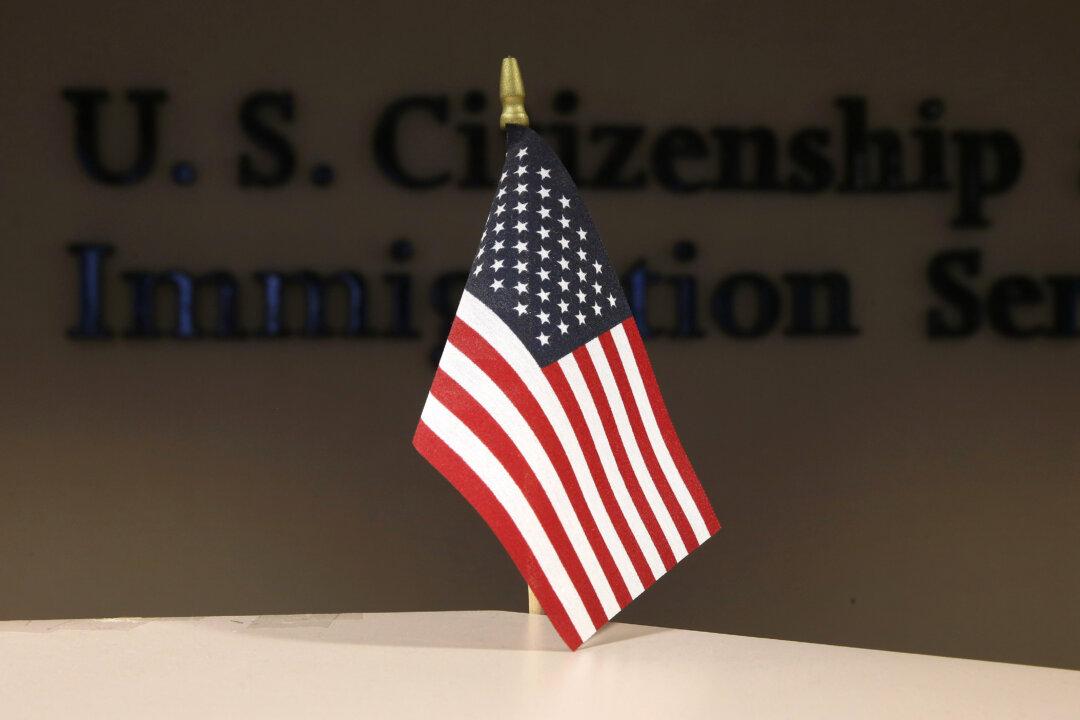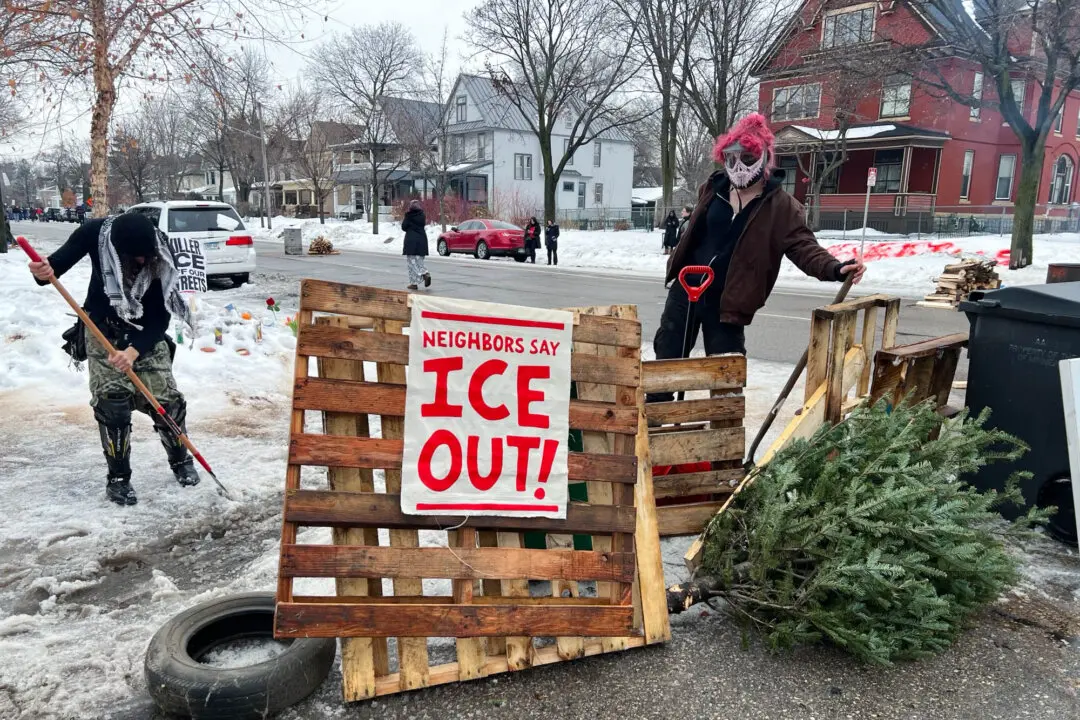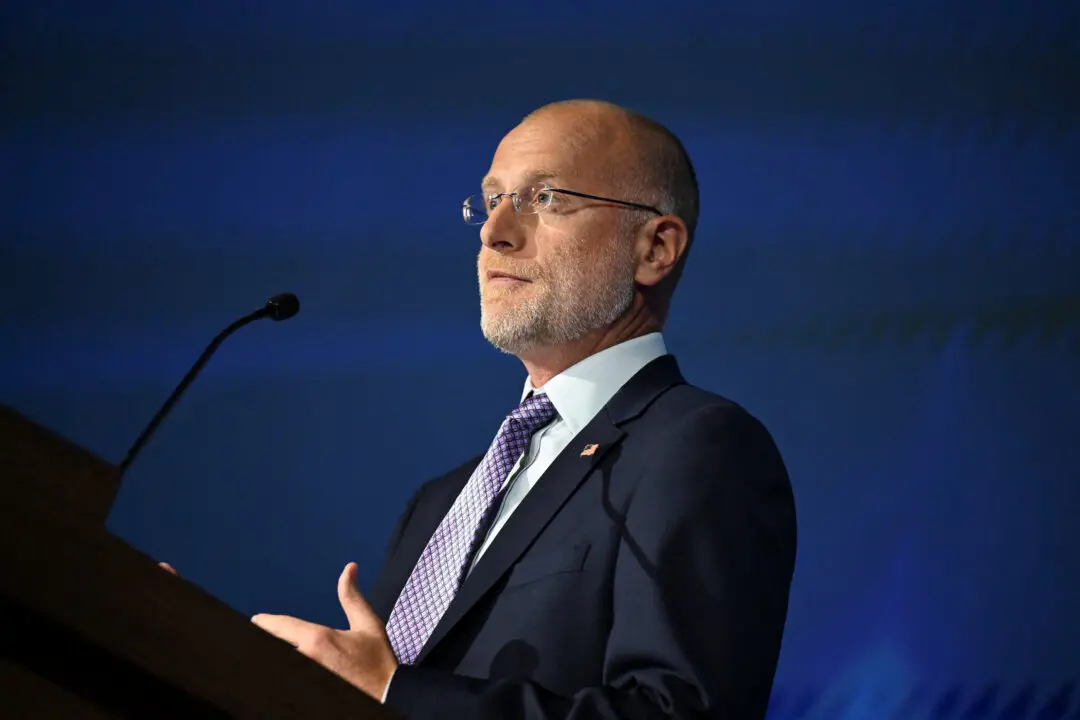Travelers hitting the roads home following the Christmas holiday can expect to see gas prices lower than this time last year, but they will be driving on seemingly more dangerous roads.
The national average for a gallon of regular gas on Dec. 26 stood at $3.10 per gallon in the United States according to AAA. That is slightly below the national average from a week ago, which was $3.14 per gallon, and a solid downward trend from a month ago when the cost of a gallon of regular gas was $3.56.





